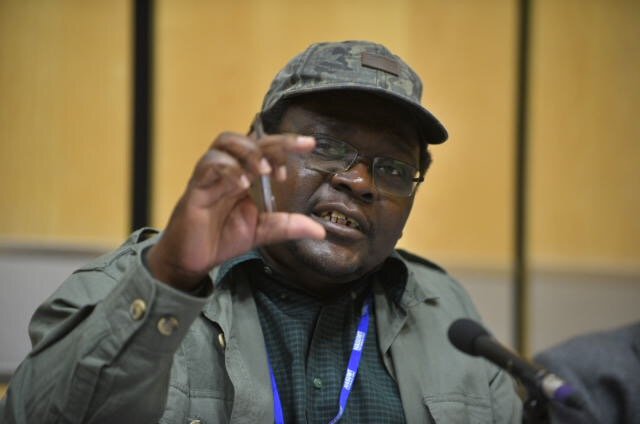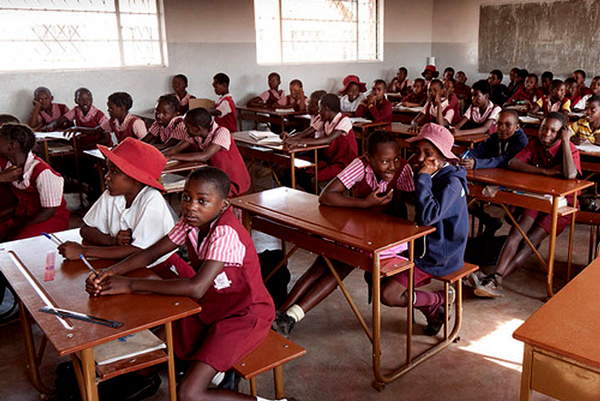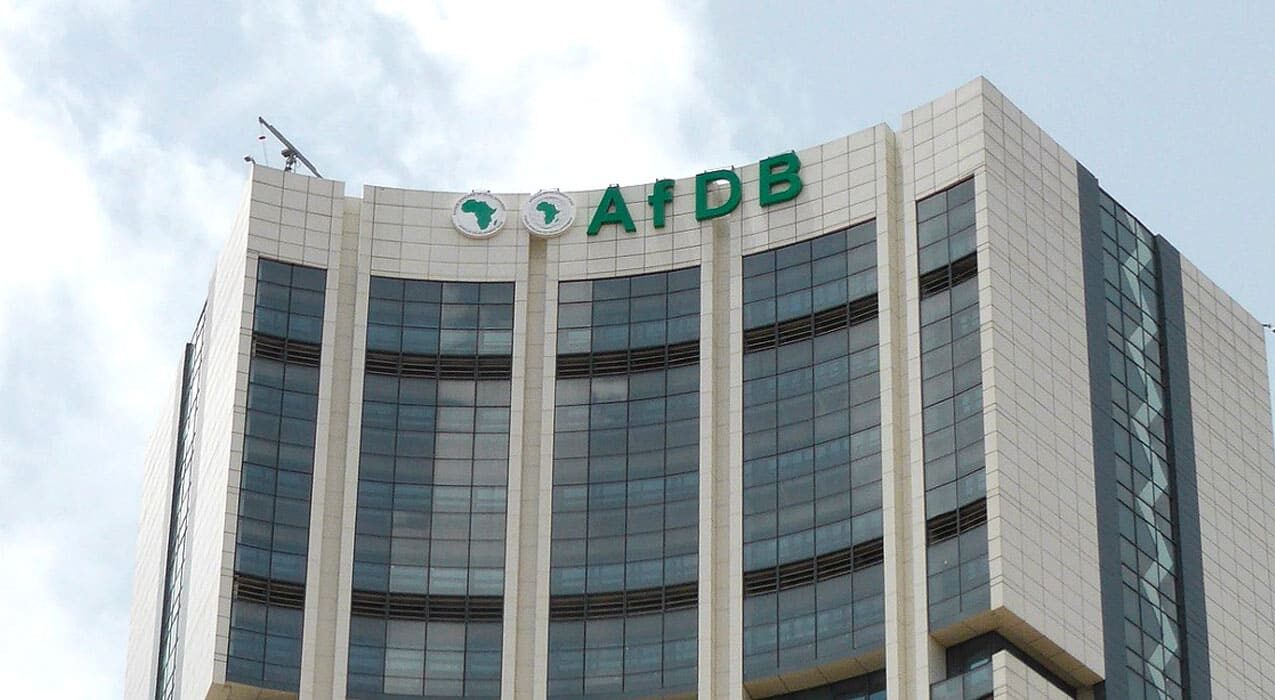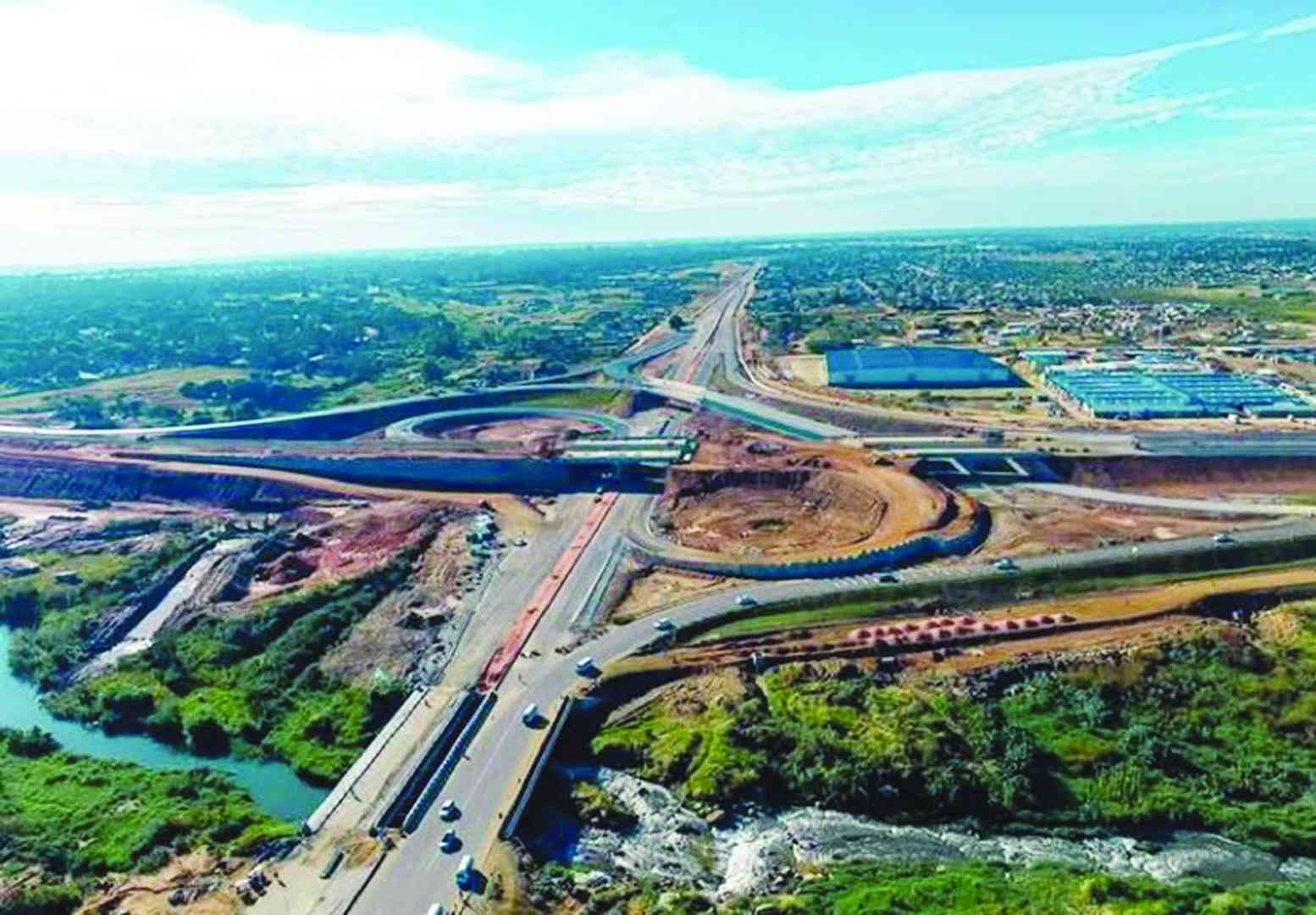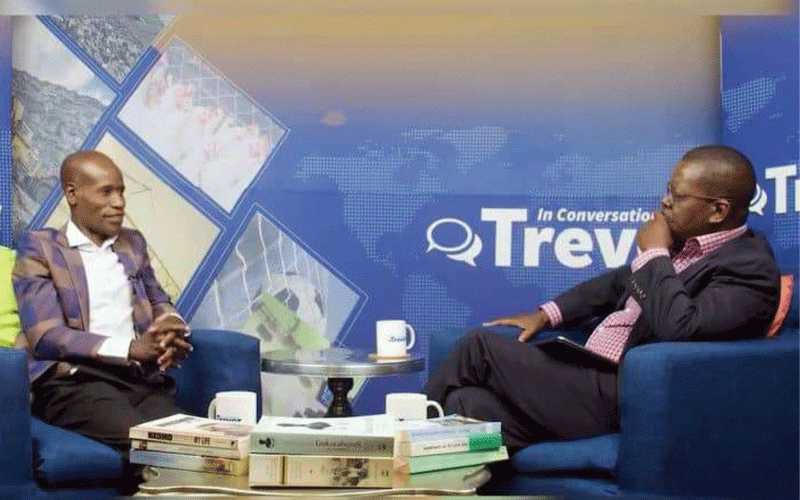
Internationally-aclaimed sculptor Dominic Benhura says doing the controversial statue of the late Robert Mugabe was a learning curve because it was a first for him.Benhura (DB), whose piece was heavily criticised on social media as caricature of the strongman, told Alpha Media Holdings chairman Trevor Ncube (TN) on the platform In Conversation with Trevor that at the time he had told the president’s office that he was not good in that area, but they insisted.Below are excerpts from the interview.
TN: Dominic Benhura, welcome to In Conversation With Trevor.DB: Thanks so much for having me brother.
TN: We met three weeks ago at Amanzi Lodge, and I had met you before. So, I was walking around looking at [and] admiring your work and someone tells me that’s Dominic behind you. What were you doing there? And the other thing, you told us that you just came back from overseas? What were you doing at Amanzi Lodge and where had you gone overseas?DB: Actually, at Amanzi Lodge we were having a show there. They had a visiting chef from California. She is a celebrity chef by the name Clara Hall. So, she was going to do some demonstrations and cooking there so we were invited to put up a show for them, to show some cultural aspect of Zimbabwean art.
TN: How did that go?
DB: It went very well, and I understand she is going to get one of my pieces so I am really excited.
TN: That’s beautiful, and you and I stood in front of your beautiful piece? What is that piece called?DB: I called it ‘Feeling Good’.
TN: ‘Feeling Good’.DB: Yes.
- In Conversation with Trevor: Chisamba: Let’s be proud of ourselves
- In Conversation with Trevor: ‘I tried to change Zanu PF from within’ – Margaret Dongo
- In Conversation with Trevor : How car crash changed my life
- In Conversation With Trevor: ‘We lost our humanity’
Keep Reading
TN: Beautiful piece.DB: Thank you.
TN: I think let us immediately go to the elephant in the room, and the elephant in the room is the controversy that one of your statues, one of your work(s) caused. You did a statue of Robert Mugabe?DB: Yes.
TN: Towards the end of his reign which caused a lot of controversy. Did people misunderstand what you wanted to do?DB: I think uh they have got their own interpretations, but I did what I could at that time, because actually I would like to say it is like music. Some people play reggae, some play rumba some play rumba, sungura like in our country. But sometimes if you are given a job to play reggae you might have the basic skills, but maybe you may not be as good in that area. So, when you look at portraits and statues mainly, there are people who are really skilled to produce exactly like a human being, whereas my work is more like abstract work. So, because of my name maybe and my reputation they were really keen for me to do a statue which I honestly told them that maybe I was not very good inthat area, but they said no please...
TN: They approached you to do the statue?DB: Yes, that's right.
TN: Who approached you?DB: The office of the president yes.
TN: Okay. They said do a piece for us?DB: For the president.
TN: And they were going to pay for it or you were going to do it for free for the president?DB: Yeah, they were going to pay me, but I was not very keen to be paid.
TN: Okay.DB: Yes, because I thought it was an honour to be recognised at that level.
TN: And you were reluctant because this is not the kind of stuff that you do?DB: Yes. But actually, it was a blessing in disguise in the end because it was a learning curve for me because after that then I realised how to actually come up with techniques to do portraits. Now I can do them, because immediately after that I did one for Dr. Guvamatunga which is very nice. So now I can safely say I can do it.
TN: So from that sticky place you learnt something?DB: I learned something so now I can do portraits.
TN: That’s interesting.DB: Yes.
TN: What was your response like to the criticism? I mean you basically jumped into a storm because you know Zimbabwe is so polarised? At that time people were for lack of a better word fed up with Robert Mugabe. And for them to see you do that it was as if you were supporting him? How did you respond to the criticism?DB: No, I take criticism. You know you should not always expect positive criticism from whatever you do. You learn from criticism. If people criticise you it is like they expect better out of you. So, for me it was like telling me that you can do better than this which is really good actually.
TN: Were you making a political statement at all by doing the statue?DB: No. I am an artist. I know other artists have it in them to do political statements, but with me no.
TN: No. When they approached you to do the statue did you question the timing? One. Did you foresee the kind of push back that you received?DB: No I never [foresaw it]. For me there was nothing about timing because I am not a political activist myself. I am just an artist, so it was just a normal job for me to do. My normal job routines you know so I was not expecting anything.
TN: Were you surprised by the push back? And some of the insults and stuff? Were you surprised by any of that?DB: Not really, but because even in families, even in social circles, we always have criticisms and push backs you know, it is normal.
TN: That is a mature way of looking at things isn't it?DB: True yeah absolutely.
TN: Tell me. How did you get into this area? I mean I had not met you until I met you at Amanzi Lodge. But I have always admired your work. How did you get into this profession?DB: Yeah, I think I started sculpting when I was about four to six-years [old] with clay at Murehwa where I was born and bred.Whilst herding cattle I would spend most of the time moulding with clay. My father died whilst I was in my mother's womb, so to supplement my mother’s income I used to herd cattle for our neighbours. So, I only started school when I was 9 years old.
TN: Wow.DB: Why? Because my mother just did not have money to send me to school. So I would spend most of the time just herding cattle. When they were fed and they rested then I would spend time just moulding with clay by myself. That is how I gained the techniques. So, when I was about 10 years that is when my aunt brought me to Tafara so that I could start my education. That is when I came across one of my relatives who is also a sculptor.
TN: Who is that?DB: Tapfuma Maguza. He is quite a big name.
TN: Okay.DB: So I saw him sculpting with other artists.
TN: So Tapfuma was a great inspiration to you?DB: Yeah him, and because they were a colony of artists working together, so I was so fascinated by people creating sculptures from taking away...
TN: Than putting together?DB: Putting things together. And also, when you make a mistake with a stone you cannot fix it sometimes, although you can always improvise.
TN: Yeah.DB: So, it was so exciting to me such that I ended up not playing soccer [with] plastic balls with other kids. I always hung around with those guys.I asked them if I could help them you know with their work and they agreed. That is how I gained the techniques, but it was not long [before] I started making little miniature pieces for myself and people liked them so much. I remember Nick Piers, the ones who designed the Eastgate Mall. They started collecting my work at that age, so that encouraged me.
“In Conversation With Trevor” is a weekly show broadcast on YouTube.com//InConversationWithTrevor. The conversations are broadcast to you by Heart and Soul Broadcasting Services. The conversations are sponsored by WestProp Holdings.


